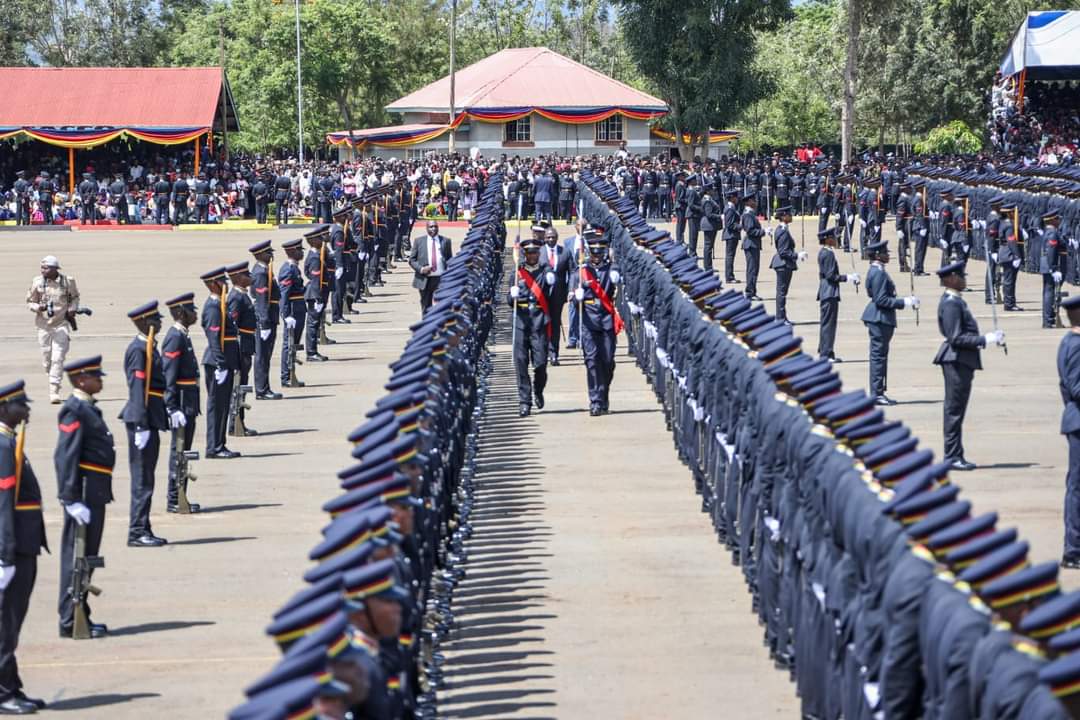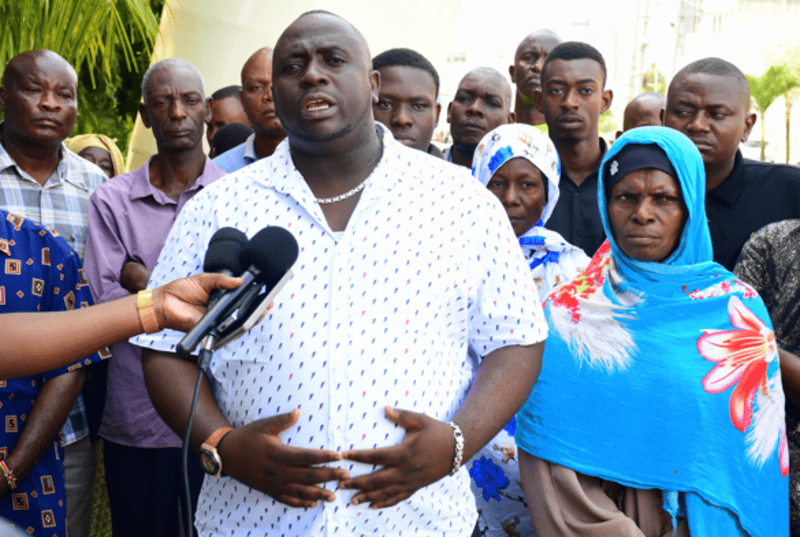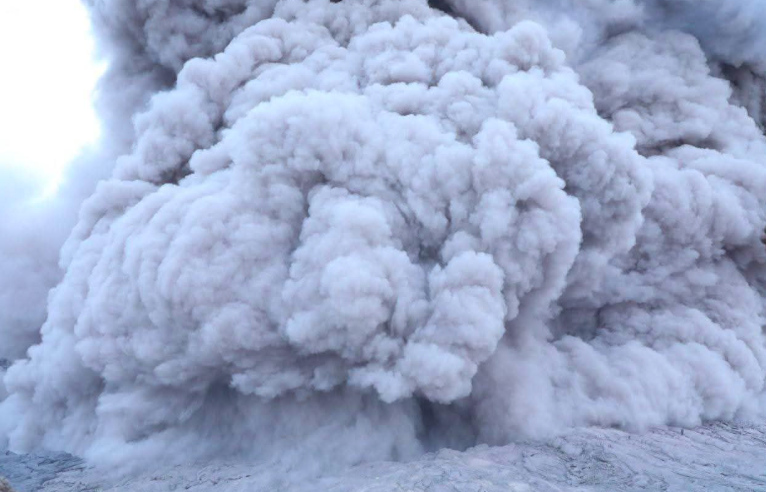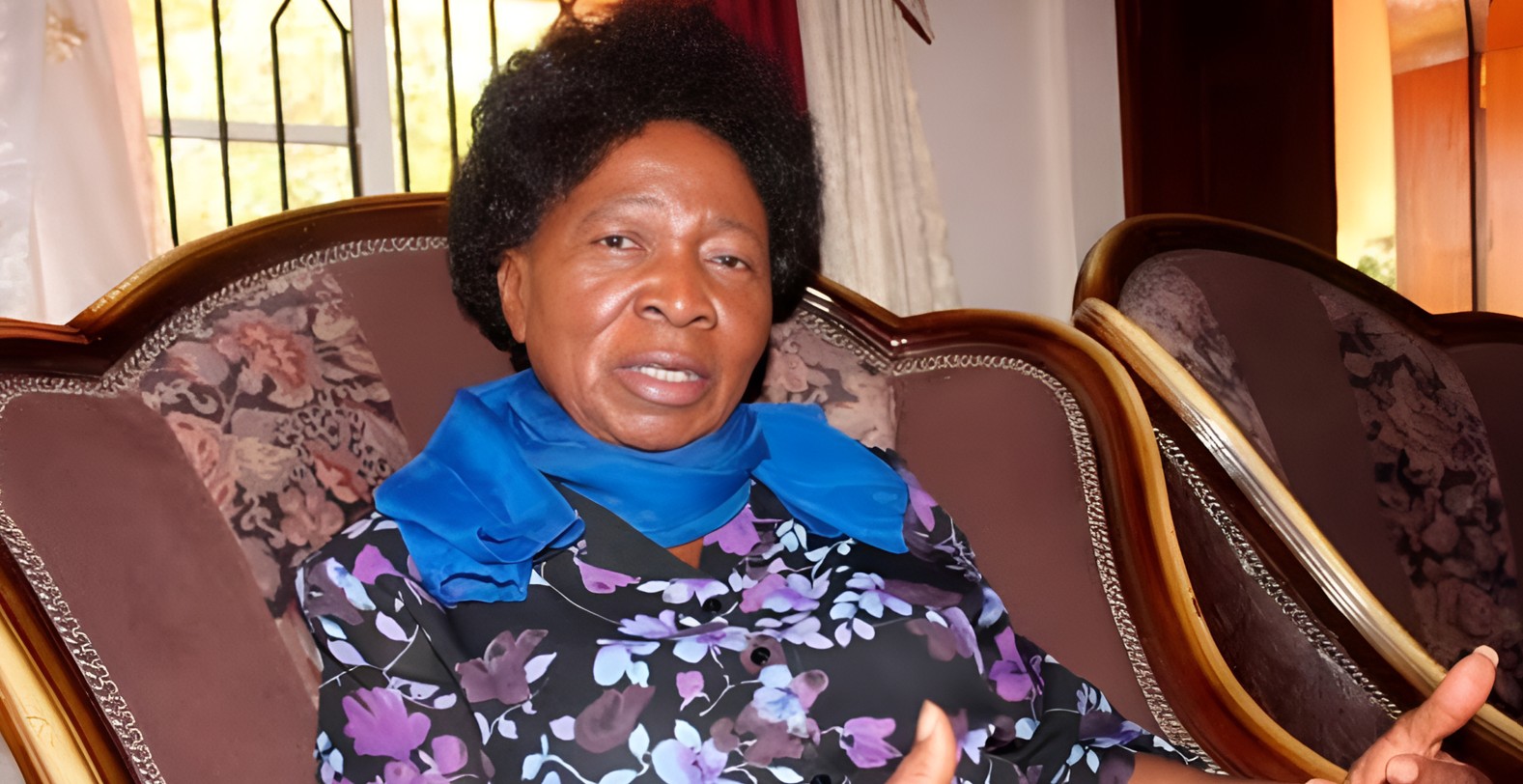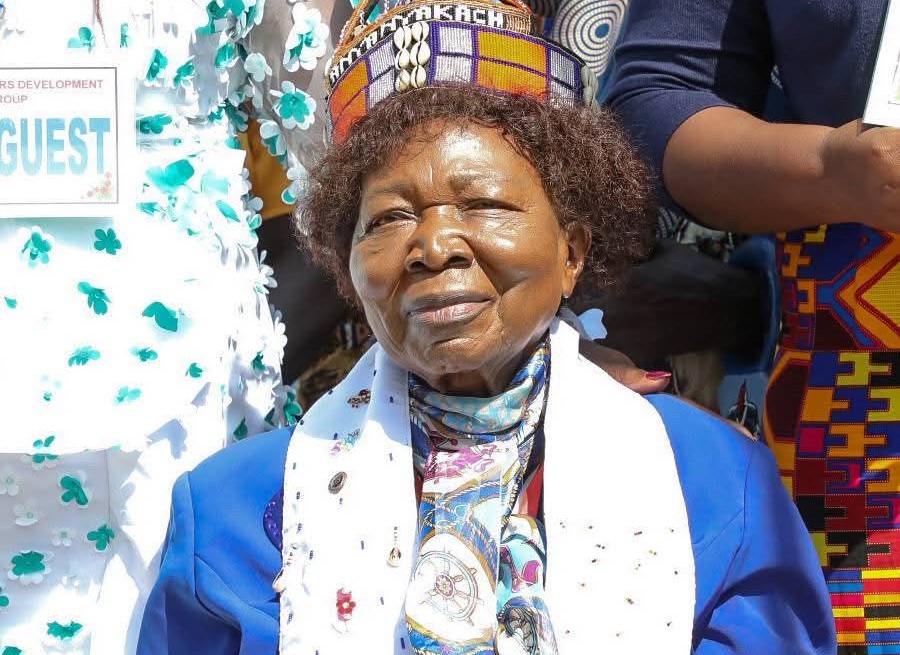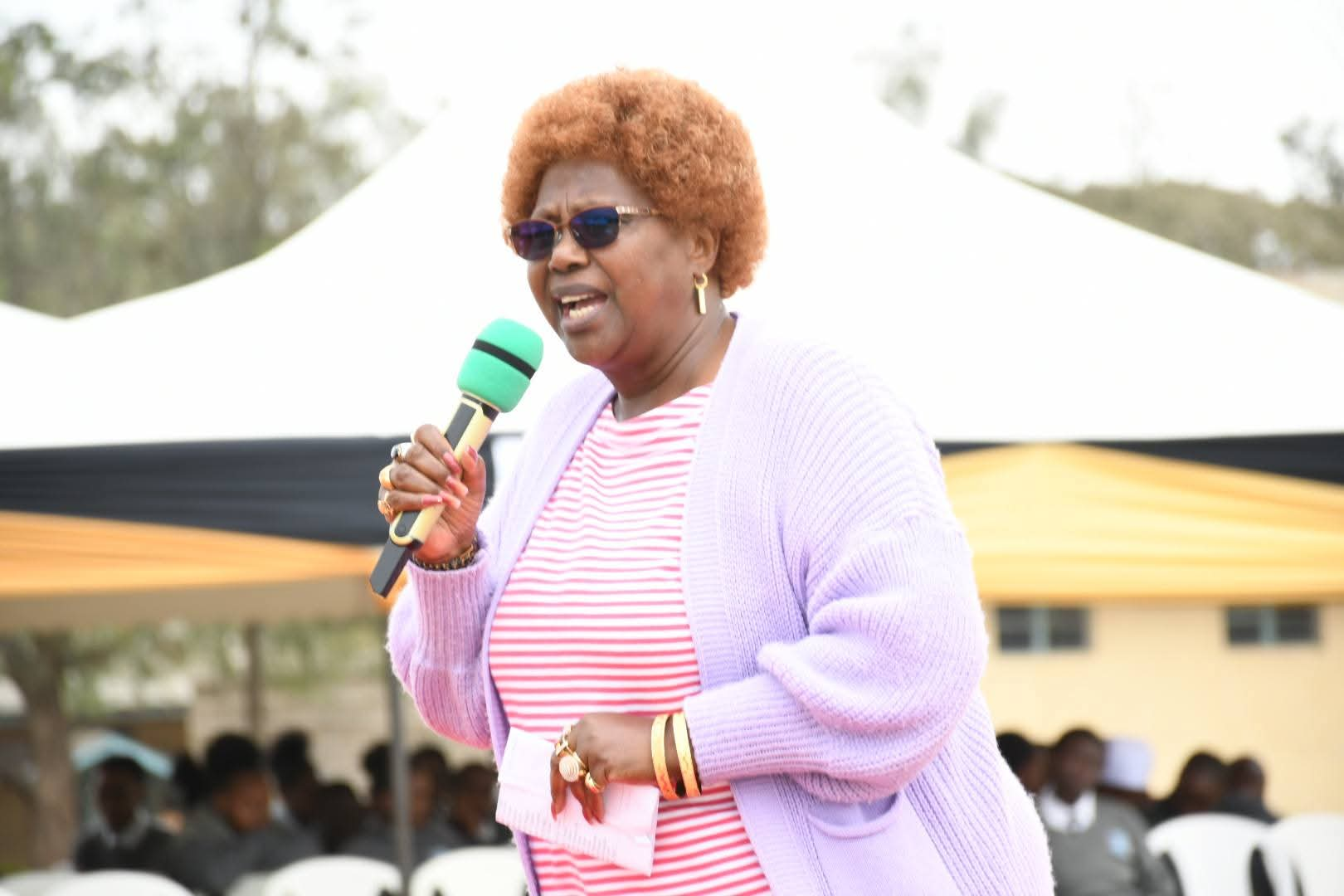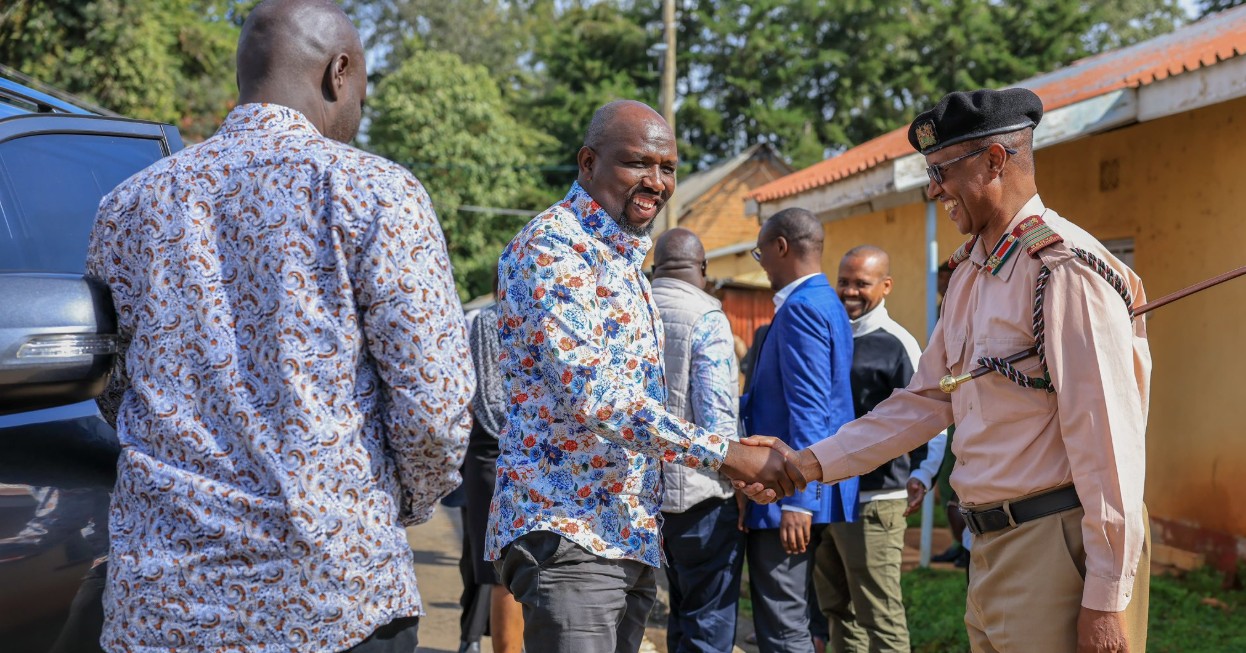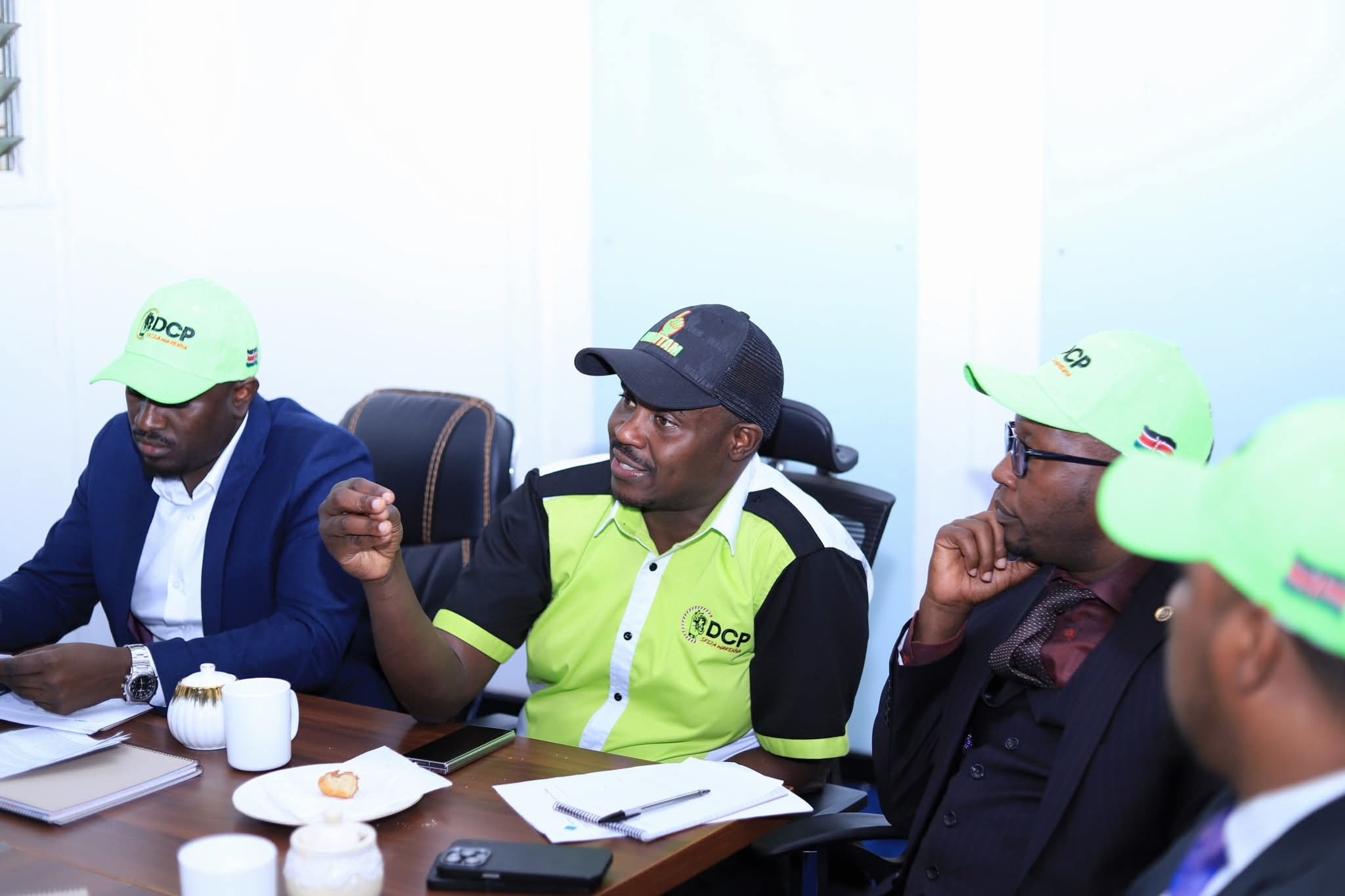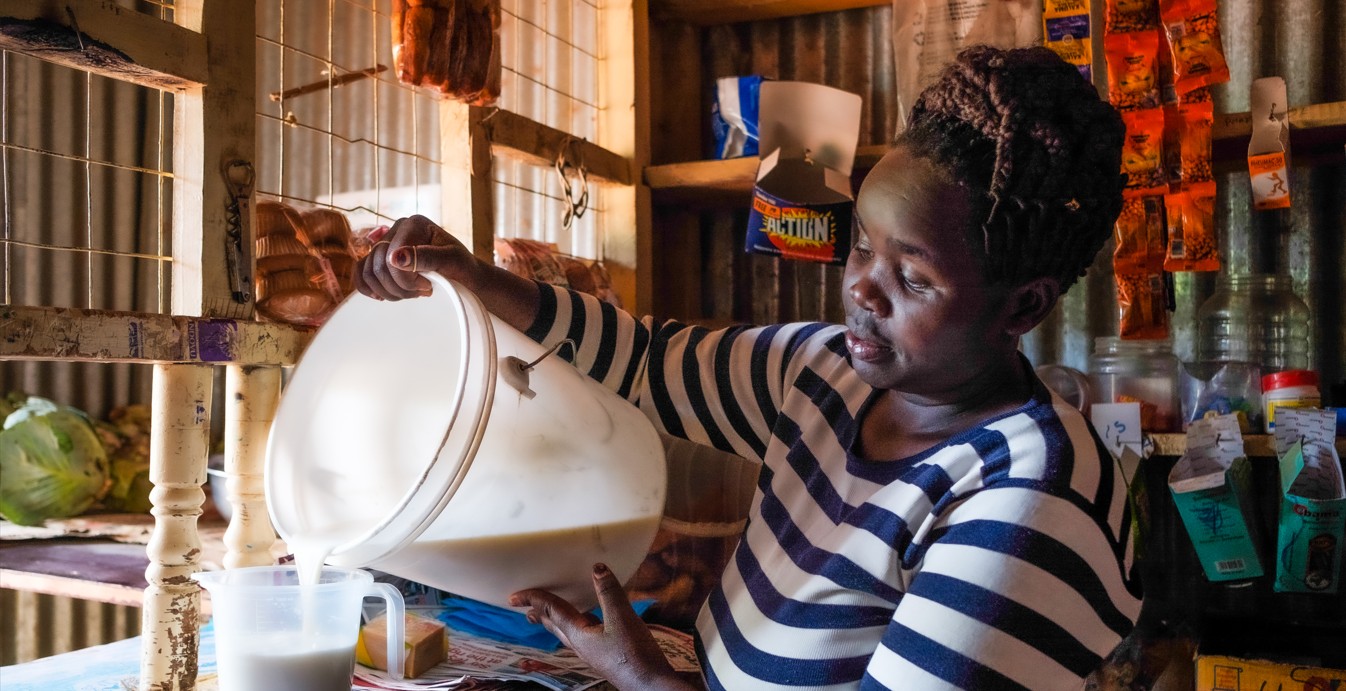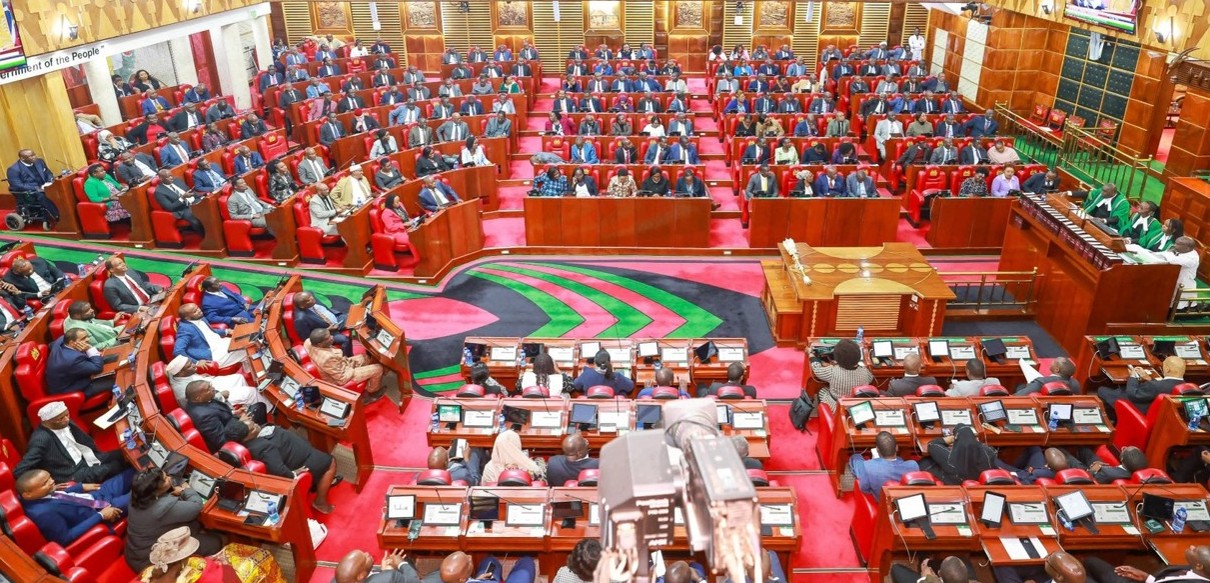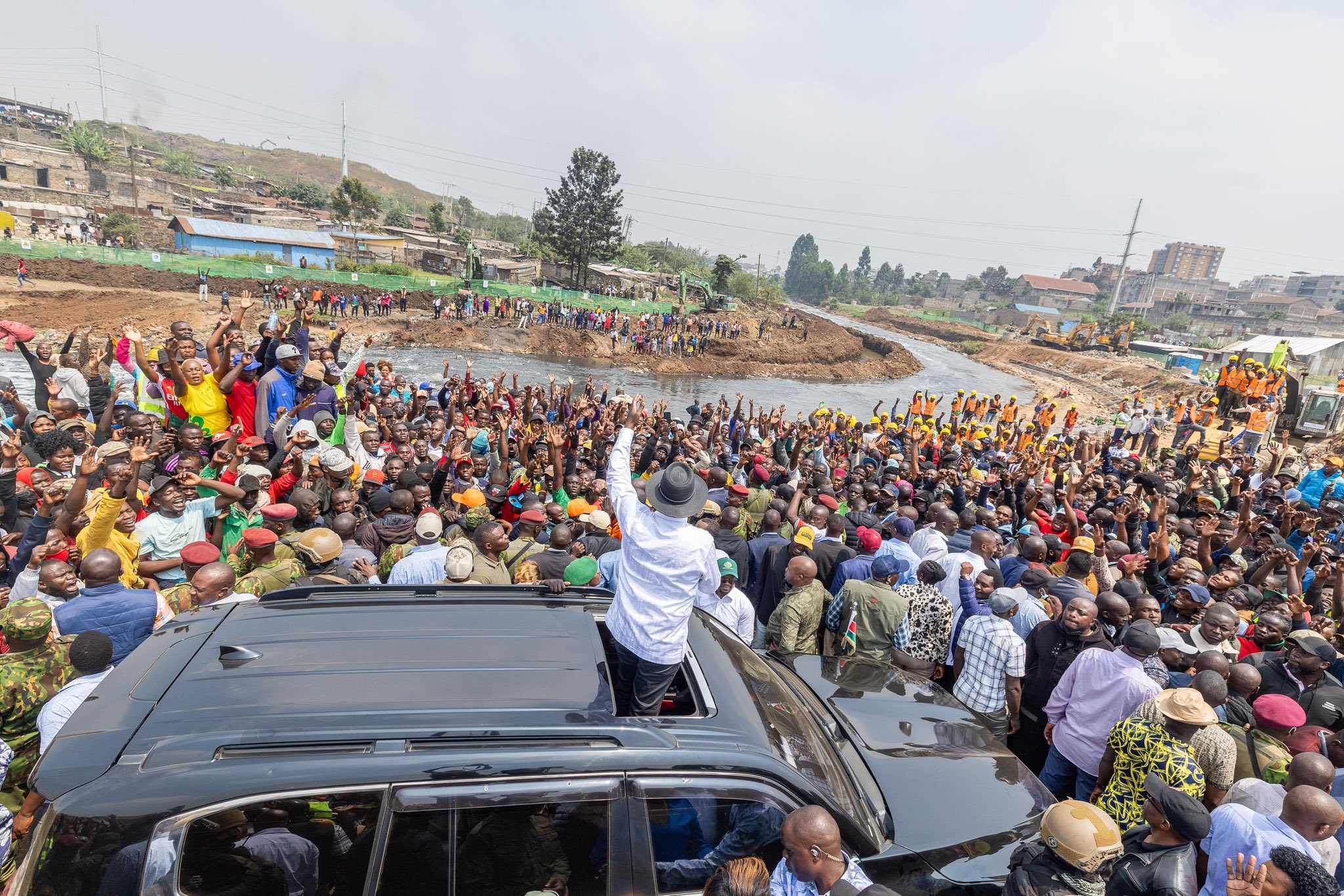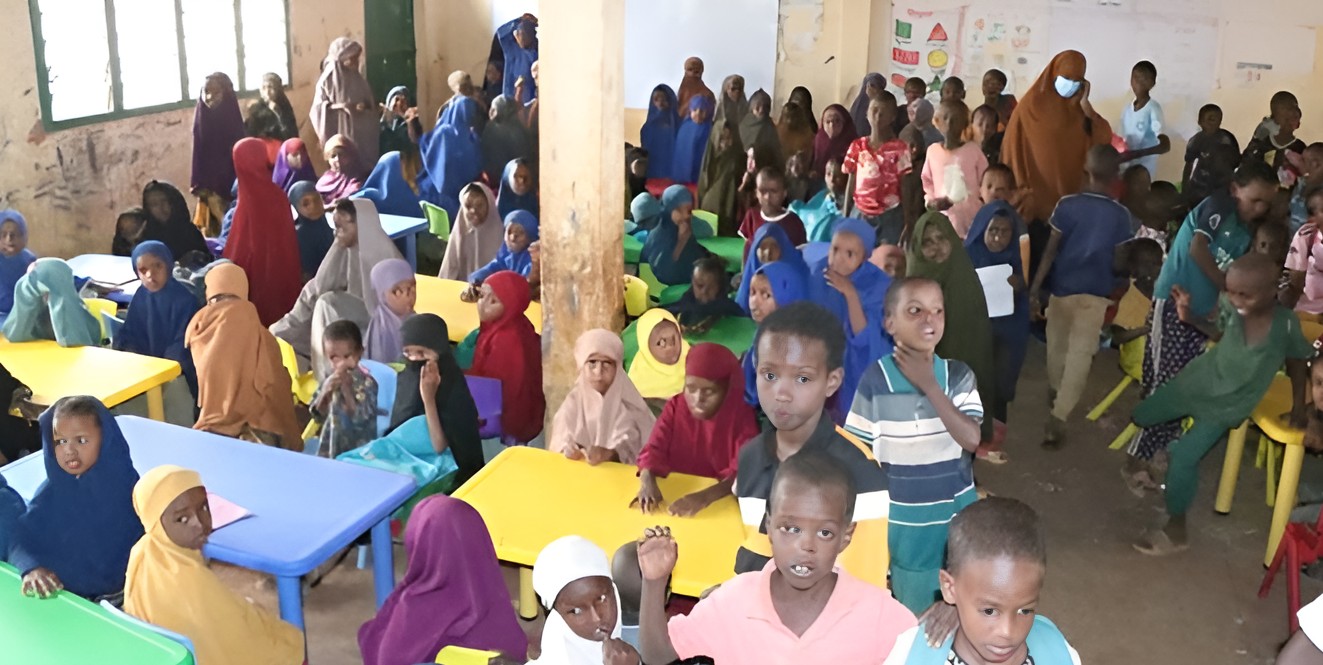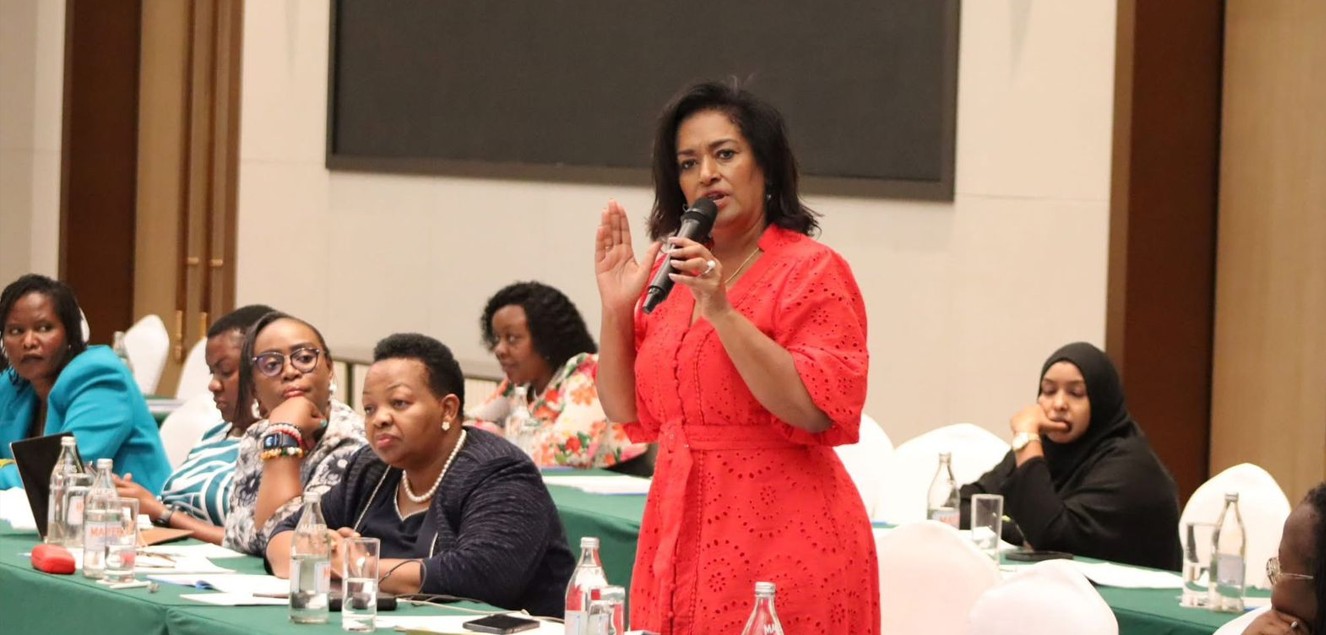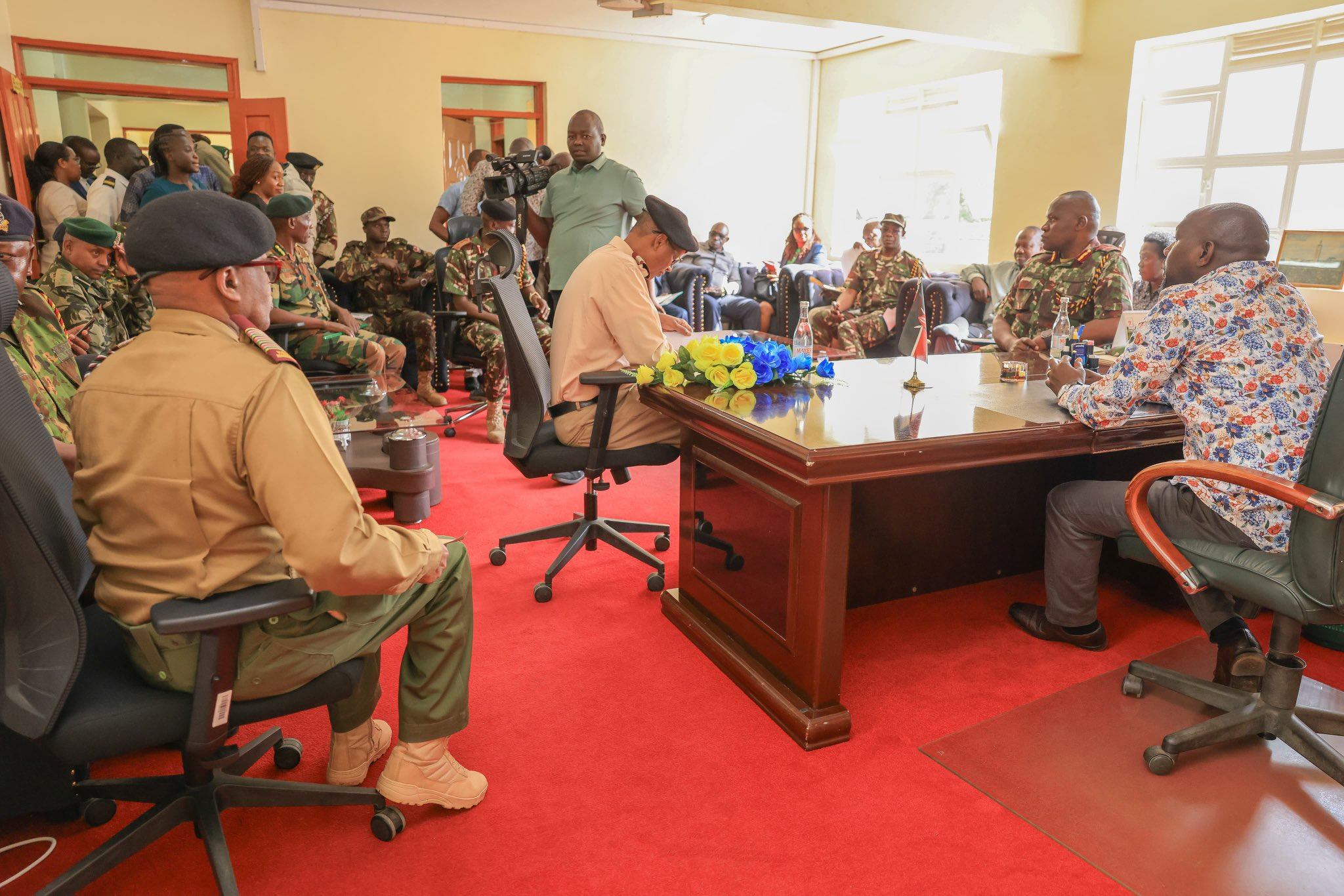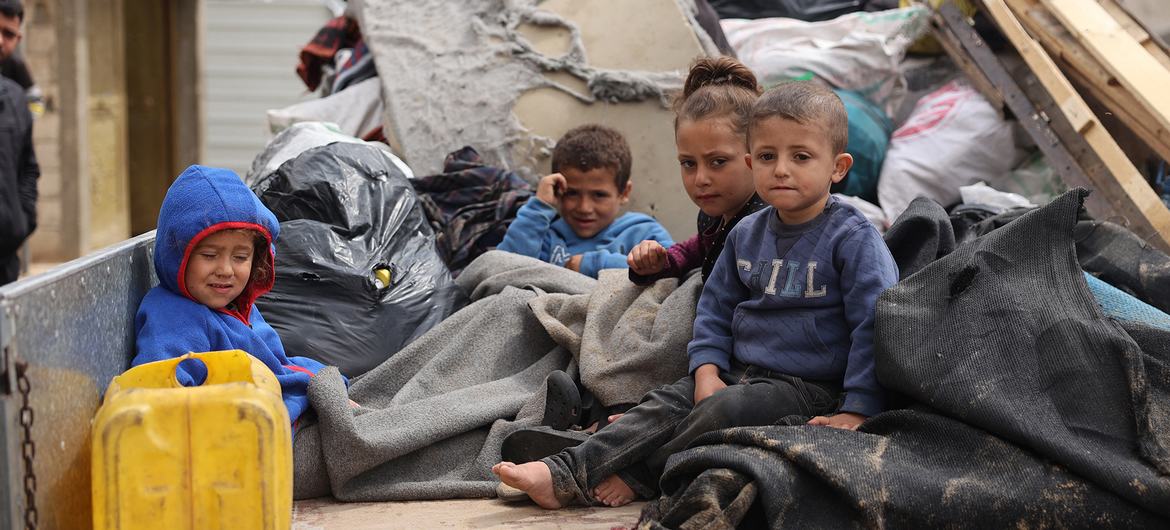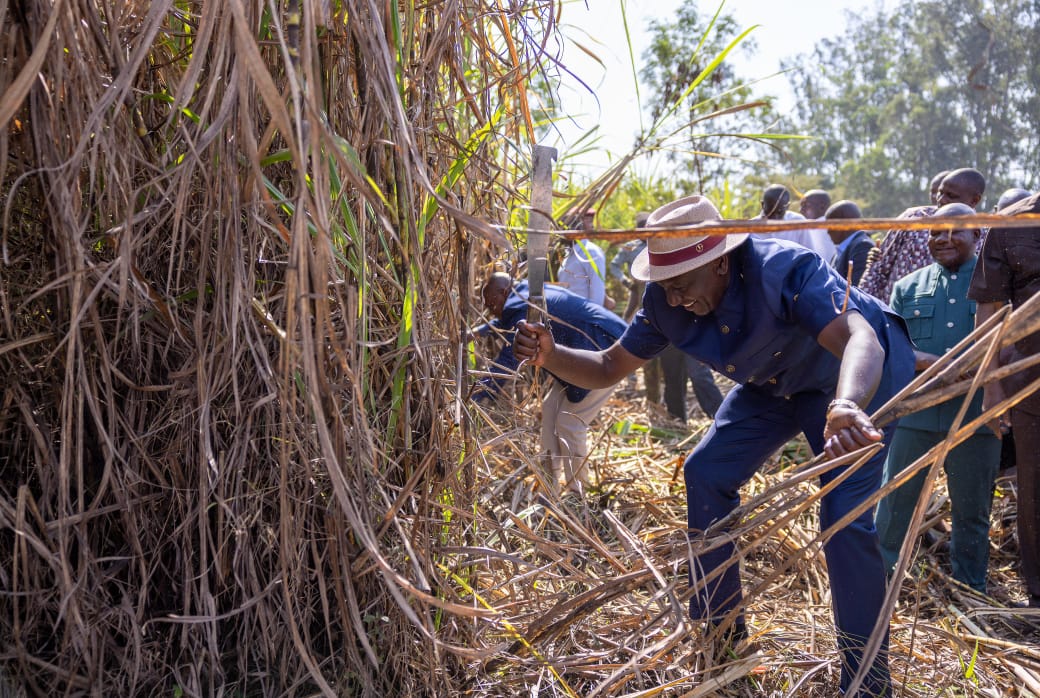Kenya faces CBC crisis as teacher shortage surpasses 100,000 ahead of 2026 rollout
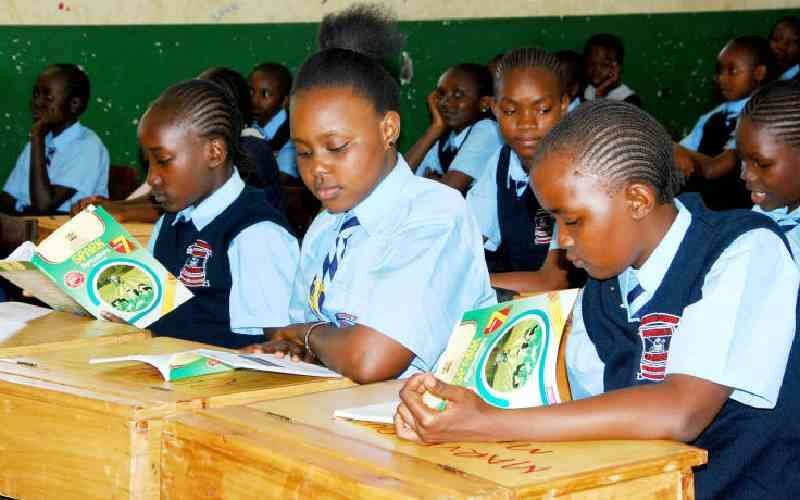
The crisis is even more pronounced in special needs schools, where learners with disabilities continue to struggle due to inadequate support and limited resources.
Kenya is facing a critical shortage of over 100,000 teachers, threatening to derail public education reforms under the Competency-Based Curriculum (CBC), especially in junior secondary schools ahead of the 2026 senior secondary rollout.
A new report by Usawa Agenda and Zizi Afrique Foundation warns that without urgent intervention, the CBC transition could fail.
More To Read
- Mandera and Marsabit lead in ECDE exclusion as 7.4 per cent of Kenyan children miss early learning
- PS Carren Ageng'o calls for stronger child protection in ECD schools
- AI in exam marking? Experts say Kenya’s new education Bill prioritises profit over learning
- Coast schools urged to offer marine courses as CBC ushers in blue economy focus for senior secondary
- Kuppet warns TSC against non-monetary CBA deal, demands up to 70 per cent pay rise
- KNEC unveils teacher training hub for competency-based education assessment
“Unless urgent and bold action is taken, we are heading for a disaster. The evidence is clear: the system is not ready for Senior Secondary,” Usawa Agenda Executive Director Emmanuel Manyasa said.
The report, released on Thursday, highlights a critical staffing crisis in junior secondary schools (JSS), where only 18,378 teachers have been deployed, far short of the required 83,899. The situation is even more dire in secondary schools, which have just 24,569 teachers against a target of 188,378.
In contrast, primary schools are overstaffed by 18,194 teachers, while technical training colleges are short by 672 instructors.
This uneven distribution has left some JSS institutions with only one teacher handling all subjects, while a few have as many as 12. The national median stands at just three teachers per school.
Compounding the problem, only 21 per cent of JSS teachers are trained in Science, Technology, Engineering, and Mathematics (STEM), and 35 per cent of schools lack even a single STEM teacher.
“This issue goes beyond numbers. You cannot teach science without labs, and you cannot implement CBC without trained teachers. What we are witnessing is a systemic breakdown,” Zizi Afrique Foundation CEO John Mugo warned.
Laboratories shortage
The findings also reveal that more than 1,600 schools lack laboratories, posing a significant barrier to CBC implementation.
“At the national level, we only have 33.9 per cent of schools currently offering computer studies. That means these are the only schools ready to offer the new curriculum, where Computer Studies is now a compulsory area,” Manyasa said.
“Out of these 33.9 per cent, 92.9 per cent are actually Cluster 1, former national schools, and only 17 per cent are Cluster 4, former sub-county schools.”
Toilets shortage
The situation is equally worrying in sanitation, with the report showing that more than double the recommended number of learners share a single toilet.
Nationally, an average of 66 boys and 62 girls share one toilet, against the Ministry of Education’s recommended ratios of 30 boys and 25 girls, respectively.
“During break time, all these kids want to use the toilet and come back to class. When you have 66 of them sharing one toilet, it means some won’t get the chance, or they’ll return late from break — and that has consequences,” Manyasa said.
The crisis is even more pronounced in special needs schools, where learners with disabilities continue to struggle due to inadequate support and limited resources.
The report also highlights deep-rooted inequities in the education system, revealing that a student’s KCSE performance is now more closely linked to the type of school they attend than to their KCPE results.
“The type of school a student attends has a greater influence on their KCSE performance than their KCPE scores,” the report states.
Private sector participation
Mugo stressed that without community and private sector participation, the government alone cannot resolve the crisis.
“The government cannot tackle this alone. We need a robust, inclusive model that engages families, communities, and corporate entities to support resources,” he said.
“This isn’t merely a matter of readiness; it’s a matter of justice. We are creating a two-tier system where a child’s future is determined by where they are born or which school they attend, and that is unacceptable.”
However, the Ministry of Education dismissed some of the report’s findings.
Education Principal Secretary Julius Bitok insisted that the pupil-teacher ratio is within acceptable global standards.
“434,000 teachers have been hired by the government, so you get 1:29. The global UNESCO recommended student-teacher ratio for secondary schools is 1:35. For primary, or what we’re now calling comprehensive school, it is 1:25,” he explained.
He said the ministry has mapped the 1,600 schools lacking laboratories, adding that construction will begin within three months.
“By January, all public schools will be ready for the Grade 9 transition to senior schools,” Bitok said.
Top Stories Today


